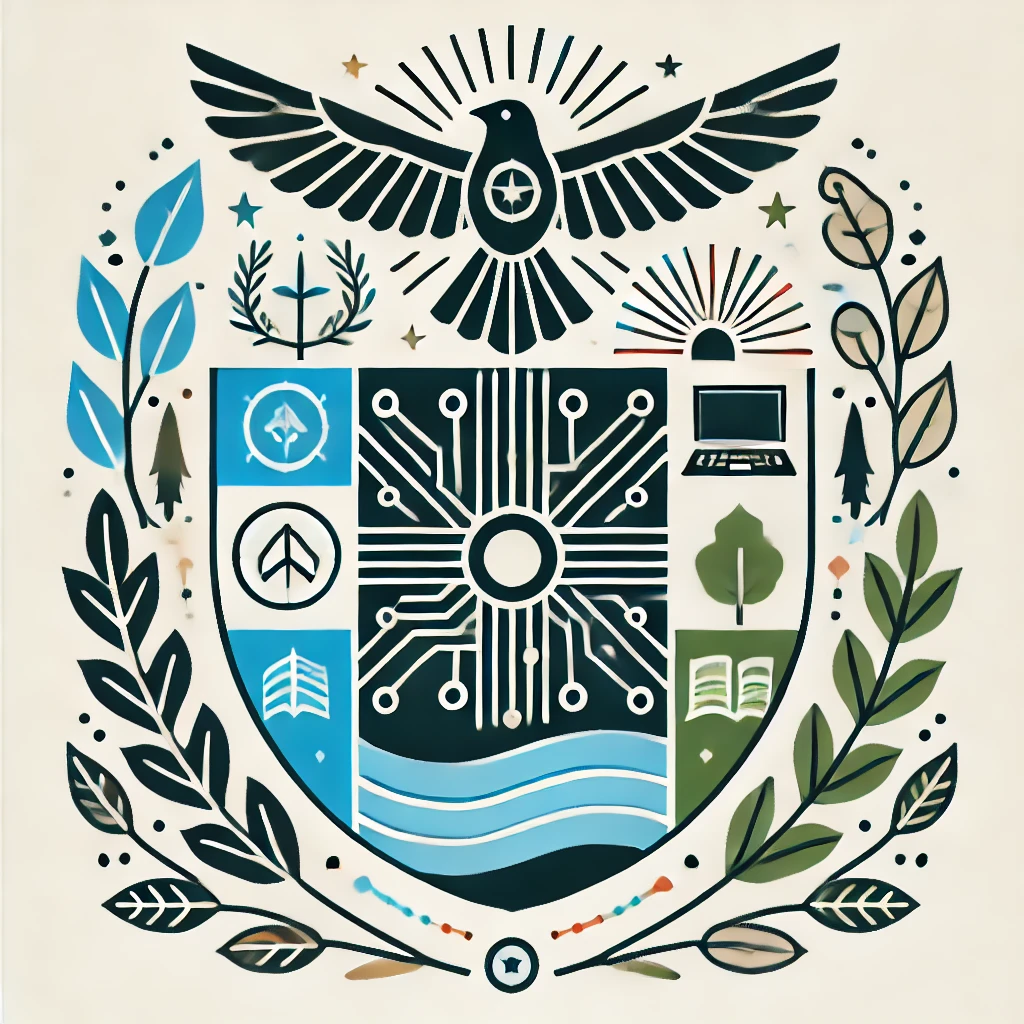1. Definition and Boundaries
The territory of Cryptonia is composed of the areas physically identified in the area where “Il Borgo di Sempronio” is located in Via del Pretorio, 3, 58055 Semproniano, GR, Italy. The boundaries are established in accordance with the rental contract published on the State website.
2. Sovereignty and Jurisdiction
Cryptonia exercises full sovereignty over all areas within its established boundaries. Cryptonia’s legislative, executive and judicial jurisdiction extends to all of its territory, including any airspace and territorial waters, if applicable.
3. Protection of the Territory
The territory of Cryptonia is considered inalienable and indivisible. Any external or internal threat against the territorial integrity of the nation will be considered an attack on the sovereignty of the State and handled in accordance with the laws of national defense.
5. Natural Resources and Land Assets
All natural resources in the territory of Cryptonia belong to the State and can only be exploited according to the regulations established by law. The use of these resources must be aimed at the welfare and development of the nation.
The History
Semproniano is the southernmost of the towns on Mount Amiata, the gateway to the volcano for those arriving from the south, from Saturnia and its spring waters, via the Aurelia.
The history of Semproniano is an ancient story, born in the period of the Roman Republic, when the family of the tribune of the plebs Tiberius Sempronius Gracchus, fled from Rome following the conspiracy against Muzio Scevola, founded on this rugged spur of travertine, the first residential unit, Casale Simpronianum, named after the heroic patriarch.
Around the year 1000 it was the Aldobrandeschi, a noble family of Lombard origin, who guided the fate of Semproniano, giving it in part the architectural genesis still visible in some important monuments such as parts of the walls and the overhanging fortress on the top of the hill, the church of Santa Croce, the parish church of Saints Vincenzo and Anastasio, and the Palazzo Comunale.
Over the centuries the town has experienced various events that have seen it involved in the clashes between the Aldobrandeschi rulers and the Orsini, rival lords of the nearby county of Sovana.
Towards the middle of the 14th century the city submitted to Siena and thus remained in the territory of the Republic until the 16th century when it was temporarily conquered by the Spanish before definitively entering the Grand Duchy of Tuscany.
A long period of abandonment and degradation followed, so much so that the centre was subsequently incorporated into the nearby municipality of Roccalbegna for a long time until it became autonomous on 29 January 1963.
Semproniano boasts, albeit in alternating phases, a noble past made famous by illustrious personalities such as its founder, Tiberio Sempronio Gracco whose figure is linked to the important agrarian law as the first great reform in defense of the plebs and by the knights of the Order of the Templars who lived in these lands leaving important testimonies, made up of deeds and actions covered by an aura of legend and mystery.

